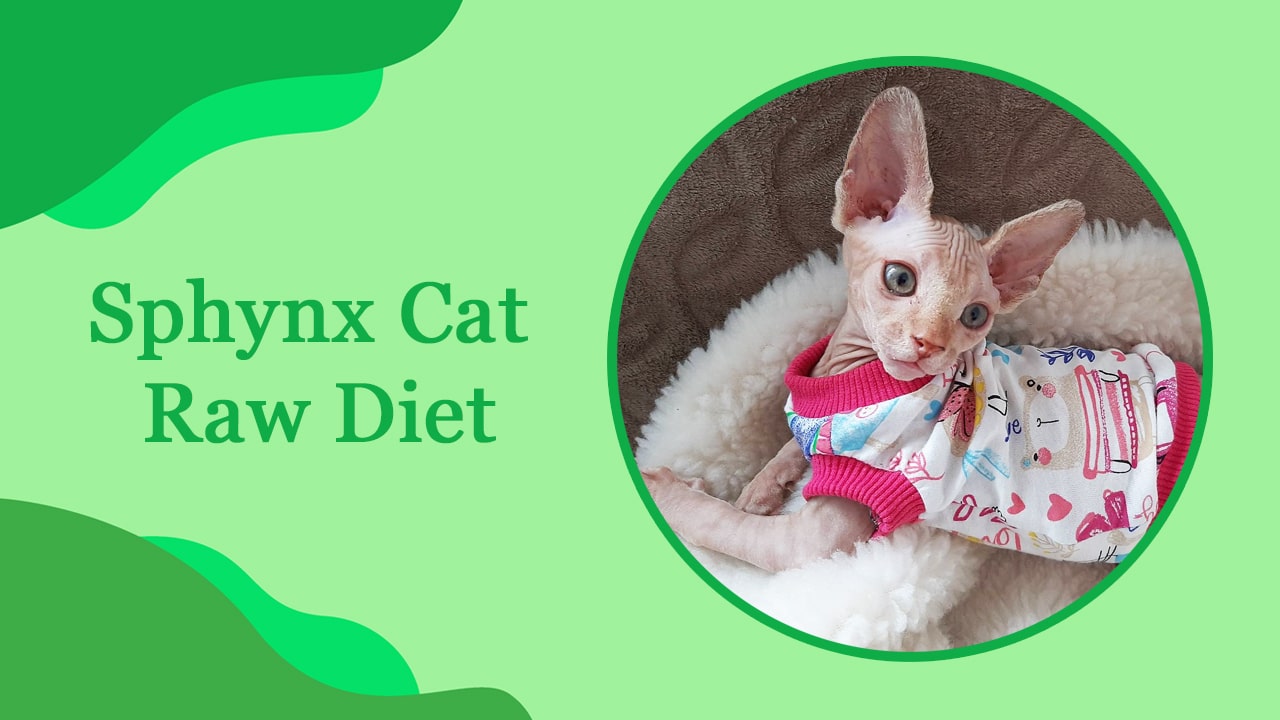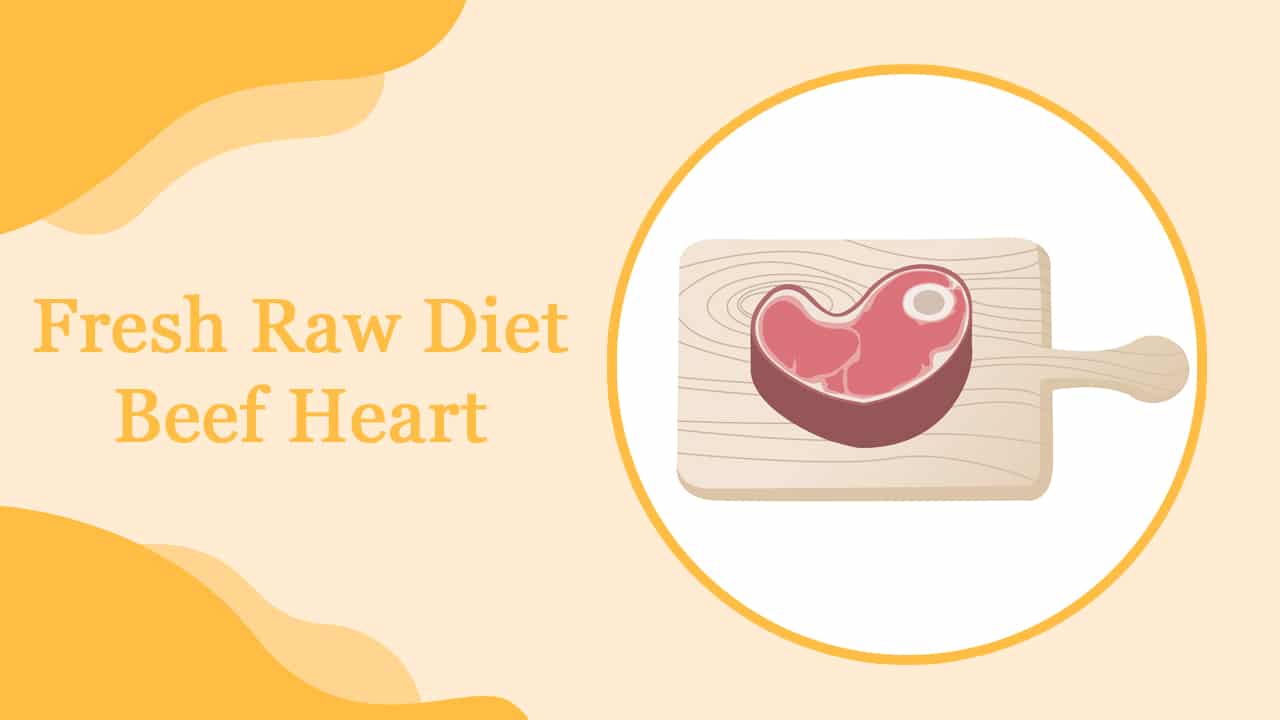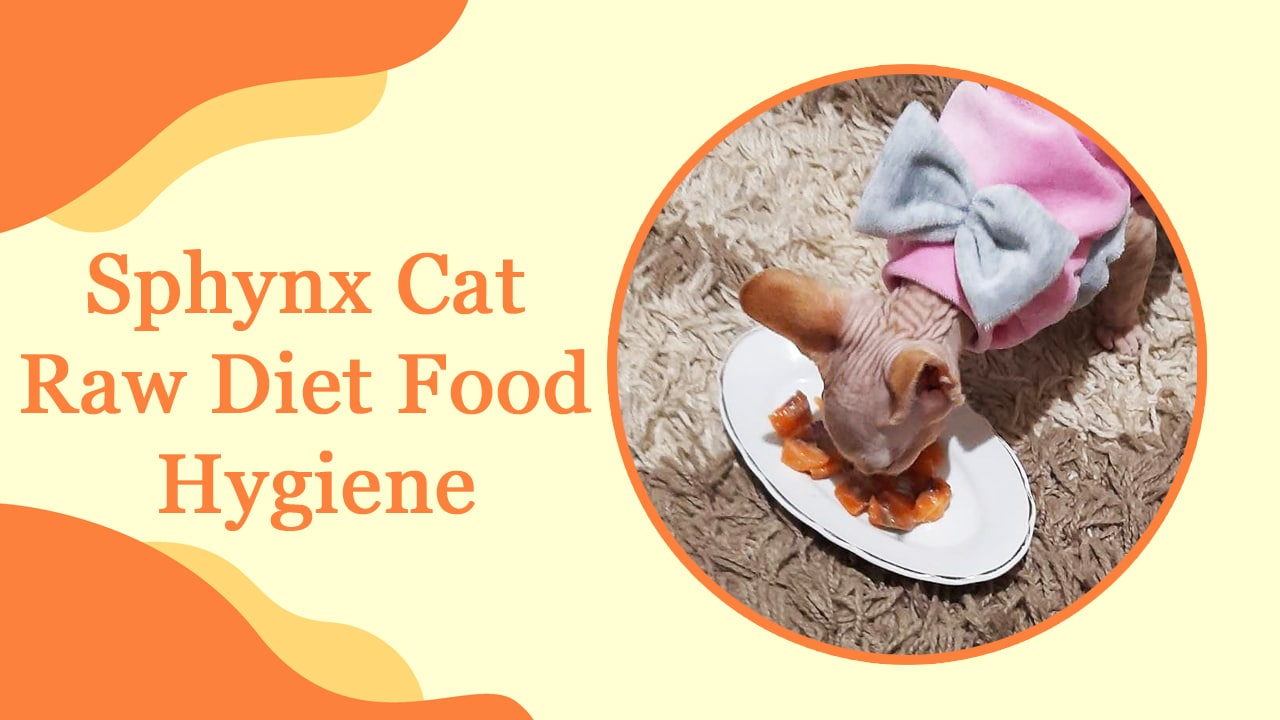
I have decided to move my Sphynx cat to a partial raw. There is a reason for this. The more I read about the pet food industry, the more I despise supporting them.
There are some excellent posts on the topic over at the Sphynx Forums and I have certainly learned a great deal in the last weeks of research.
Up until now, my Sphynx cat has been on a mix of raw and artificial foods. She enjoys eating market pet food and I don’t think she will be much of an issue with raw food. I have had an issue in another area though.
Getting my hands on a meat grinder that is powerful enough to munch up chicken bones, but not a full deer/cow carcass has been quite difficult. I am not going to spend a gazillion dollars on an industrial/commercial model, nor do I want to buy a plastic “mincer” that won’t do the job. In the end, I purchased from good old Amazon a model I saw recommended on another blog – Electric Meat Grinder – at $99.
The makeup of the diet will be 1/2 whole chicken meat and bone, 1/4 chicken and turkey gizzards including kidney/hearts, 3/16turkey/beef mince, 1/16th cooked pumpkin, pro-biotic mix, l-lysine, and vitamin mix.
My next step is to find if there are any organic chicken outlets with reasonably priced birds. Breast enlarging hormones can’t be good for cats. Like any cat, the Sphynx cats love to eat, but how much food do you give your hairless cat. Which quantity of raw food should you feed when you start raw feeding!
Hairless Cat Fresh Raw Diet – Beef Heart

Phew, what a mouthful that title is, but I have to talk to you about the addition to the Sphynx Cat raw diet that I have recently made. Firstly my cat is not particularly finicky eaters. I would hazard a guess and say that most Sphynx owners are aware of the ravenous chowing down that Sphynxes get into when they are hungry. As owners, we have to be careful that food intake doesn’t get out of hand and we end up with overweight Sphynxes. It is quite possible that a Sphynx can become overweight from a fresh raw diet so be careful. Even so, there may come times when your Sphynx will start to turn their nose up at food that they have been eating for a long time, so changing food type at least once a week, or for a week, can keep your cat happy.
Remember that we are trying to emulate as closely as possible the diet of a cat in the wild which would be eating whole small rodents, reptiles and birds when we create a raw diet. Feeding single food items like raw chicken breast for a long period of time is not sufficient to maintain a healthy balance, but as a supplement is fine. Which brings me to beef hearts.
Beef hearts are high in taurines. Taurine is an essential nutrient for cats that they cannot create themselves (unlike dogs). All diets for cats must include meat that includes taurine, or a taurine supplement. Animal muscle meat contains taurine and heart muscle is particularly high in it, that is why in the Sphynx cat raw diet recipe chicken hearts make up a good percentage of the mix. Taurine deficiency will lead to degeneration of the retina and irreversible blindness within 2 years as well and/or heart issues such as feline dilated cardiomyopathy which can be reversed with a change to the diet.
One of the things about a ground raw diet is that your cat will lose the desire to chew on bones and lose jaw muscle tone because “mince” is not really chewable. Because the raw diet recipe I use is mostly chicken, so I looked around for an alternative and tried her on beef hearts.
Beef hearts are large, bigger than the size of your hand and should be available from your butcher, or supermarket. They have had the vein and artery materials removed and look like slabs of dark red meat with a marbling of fat on the outside.
Beef heart has a bit of a bad reputation in places on the internet because of the myths that it contains “worms”. You will find websites telling you to avoid hearts but giving no real reason, and there is certainly no scientific evidence that I can find that would lead me to worry about feeding it to my guys. It’s not to be used as the sole meat in a diet, but no one meat should be either…which goes back to the emulating of a wild diet which must have muscle, bone and innards.
I use a heavy sharp cleaver to cut into long strips so that my Sphynx has to do side-to-side chewing to swallow them. I leave the fat on the outside to add to the energy input. DO NOT cook or heat the heart as taurine is broken down by heat and will be lost.
I have to say that my cat absolutely loves this meat. Sonya appears to have enormous amounts of “extra” energy after eating the heart and seems to spend the whole day finding things to play with as well as running around and yelling to everyone about how good he feels.
I heartily (pun intended 😉 ) recommend adding heart to your cat’s diet whether it eats raw or not.
Sphynx Cat Raw Diet Food Hygiene

During the webinar about Sphynx cat HCM, Dr. Katie Meurs answered a question about whether a raw diet was of any help to HCM. Dr. Meurs pointed out that diet does not have any effect on HCM but did mention her concerns about how a raw diet can introduce bacteria and other nasties if not handled properly. I agree wholeheartedly and mention several times in my posts and my Sphynx cat book that you must be very mindful of food handling practices when creating raw food for your cat.
As a reminder, I include the following points:
Use meats fit for human consumption
Cats in the wild kill and eat their prey within minutes of each other. They do not store food, nor do they scavenge from carcasses. Unlike dogs, cats do not have the gut design and flora to break down spoiled foods; so eating anything that is not fresh will give your cat a nasty tummy or worse.
Buy your cats meat of the same quality and freshness that you would eat yourself.
Bacteria is your enemy
At all times when preparing food, you should be avoiding introducing bacteria, or creating an environment where bacteria can grow. This means ensuring that you wash your hands and wear gloves (use powderless food preparation type) so no bacteria you have picked up enter the food. The same for ensuring cutting boards, knives and storage containers are thoroughly cleaned after each use. Also, be aware that any used kitchen clothes or dishtowels contain bacteria and should not be used on clean utensils.
Keep your cool
As bacteria grow in warm conditions you should be looking at keeping everything as cool as possible during the preparation of a raw diet.
- Make sure where you are preparing is cool
- Bring food out of the fridge only when it is being cut or going into the grinder
- after cutting into suitable sized pieces put it into the fridge to cool before going into the grinder
- after grinding put the meat back into the fridge to cool before bagging up
- don’t handle the meat too much while bagging. Using a large spoon to ladle into bags will reduce the heat you transfer from your hands to the meat
Friction causes heat, and bacteria loves heat
In the last bullet point there was a lot of moving the meat back to the fridge, but why?
Your refrigerator should be set at a maximum of 3 degrees centigrade. Even at that temperature bacteria can still grow, but much more slowly that room temperature. Your freezer is cold enough to stop bacteria growing but it is impractical to put frozen food through your domestic grinder. If you did though you would notice that the meat would come out thawing quicker than if you left it on a kitchen bench. Why?
Grinding (or cutting) creates heat from the friction of the blade against the meat. I was watching world class chef Heston Blumenthal make sausages on a TV program and he showed that meat coming out of a grinder can increase in temperature to 10 degrees centigrade which is why there are food poisoning outbreaks affecting hamburger mince, sausages and pies made with minced meat. We need to make sure that if we are using a grinder we get the meat back down to under 3 degrees as soon as possible or we are growing a whole garden of bacteria that can cause serious illness for your cat..or indeed you!
Freeze once and only once
As mentioned above, your fridge does not halt the growth of bacteria, so if you are re-freezing and thawing your meat then you are growing large loads of bacteria with each thawing. You are creating a sickness time bomb that can go off at any time. Always buy fresh and only freeze once.
If you follow these simple steps then you will have very little chance of causing any bacterial issues and have a happy and healthy Sphynx cat!
 About author
About authorHi! I am Vlad, I am a big fan of cats and dogs. Here on SphynxCatBlog you will find posts about cat facts, tips for keeping your pets happy and healthy, sewing patterns for clothes (because we all need to look good) - as well as other fun posts that cover everything from the most bizarre cat behavior to fascinating stories about our little furry friends. Read more about me & my cat Sonya
